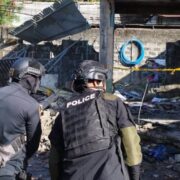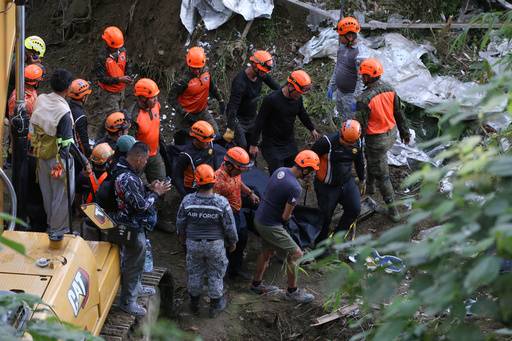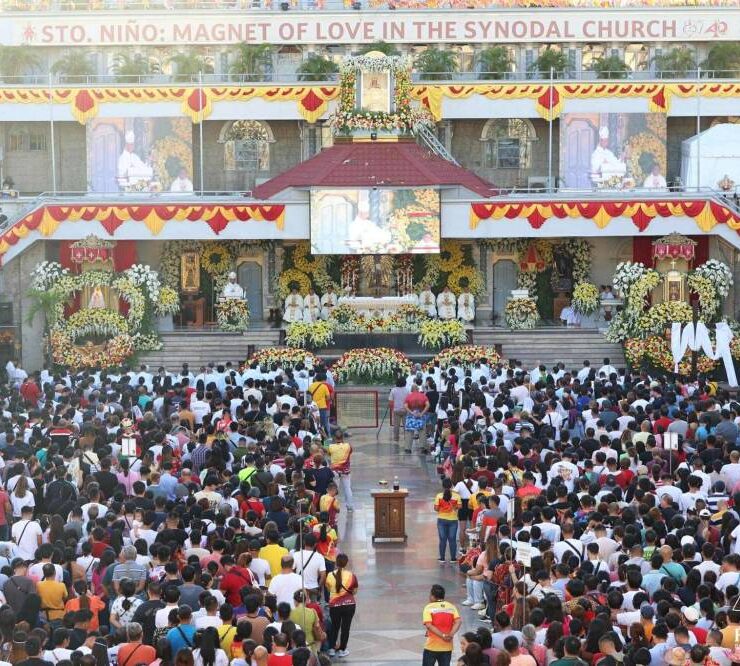Waterless no more in Silaki
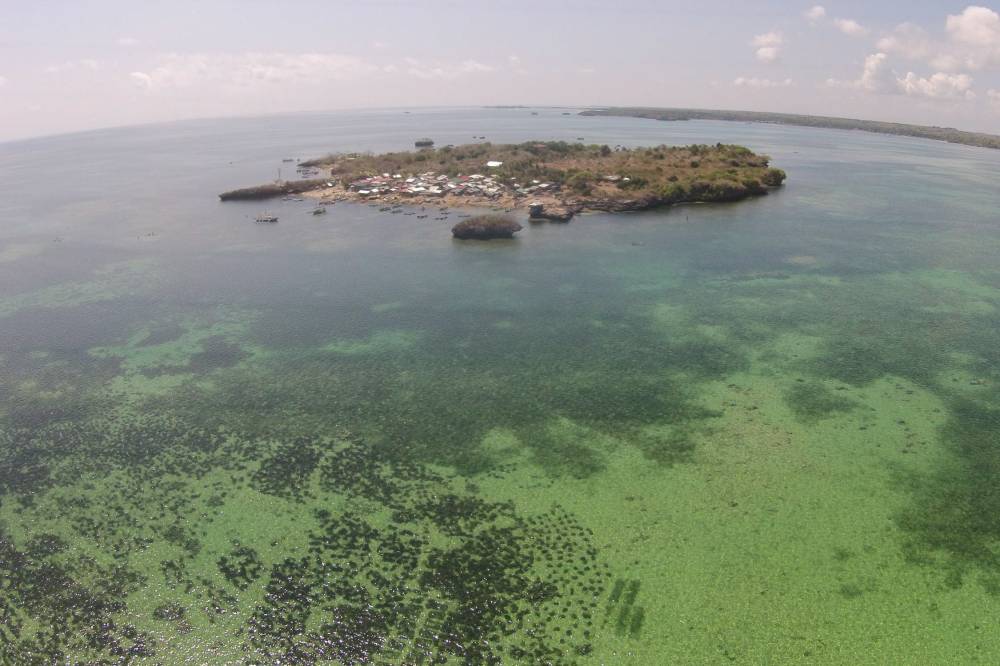
BOLINAO, PANGASINAN—Residents of Silaki, a remote and picturesque island in the Lingayen Gulf, have long faced the challenge of crossing the sea to fetch water for their basic needs, including for drinking, cooking and bathing.
That burden is now lifted with the installation of a P4.1-million solar-powered desalination facility, which converts seawater into potable water. This innovative solution provides islanders with much-needed convenience, bringing a sustainable source of fresh water directly to their community and improving the quality of life on the island.
The project, the first of its kind in the Ilocos region, is a collaboration between the Department of Science and Technology, which provided the P2.8-million treatment facility, and the local government, which donated the land and constructed the P1.43-million building.
Silaki Island, a heart-shaped sitio (subvillage) of Barangay Binabalian on Santiago Island, is part of Bolinao town. It covers only 10 hectares and is home to 89 households (about 380 residents) who rely on fishing and seaweed gathering for their livelihood.
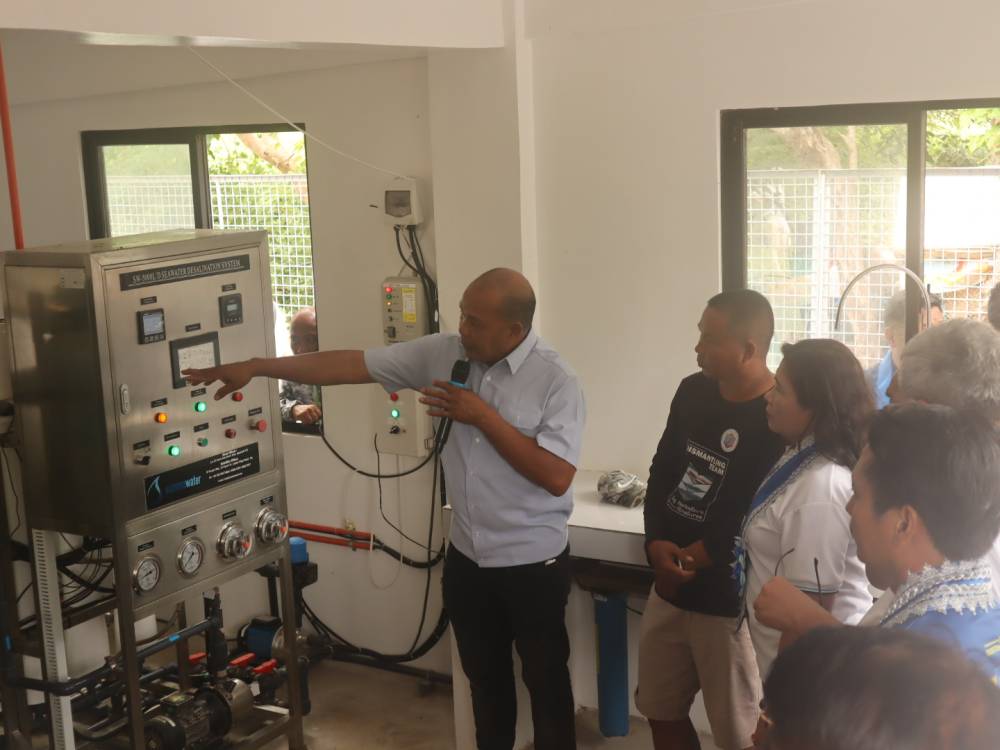
Despite its idyllic setting, the island has long faced a significant challenge: the lack of freshwater sources.
“The islanders must travel to either Santiago Island or mainland Bolinao to meet their water needs,” Bolinao Mayor Alfonso Celeste told the Inquirer.
Located 11.5 kilometers from the mainland, Silaki is a 40-minute boat ride away, or 15 to 20 minutes by boat to Santiago Island.
While residents do not pay for water sourced from the mainland or Santiago, they still incur expenses for boat fuel, which costs about P300 per trip, said municipal engineer Olanroy Celzo. Each trip can transport two 400-liter drums of water for domestic use, along with 20-liter containers of potable water, which are sold for P20 each.
“Each resident fetches their own water,” Celzo said.
The installation of the desalination facility has greatly improved the situation. The plant, with a capacity of 5,000 liters per day, will provide fresh water for island residents.
While the plant desalinates sea water, it draws from a deep well rather than directly from the Lingayen Gulf, reducing the filtering process.
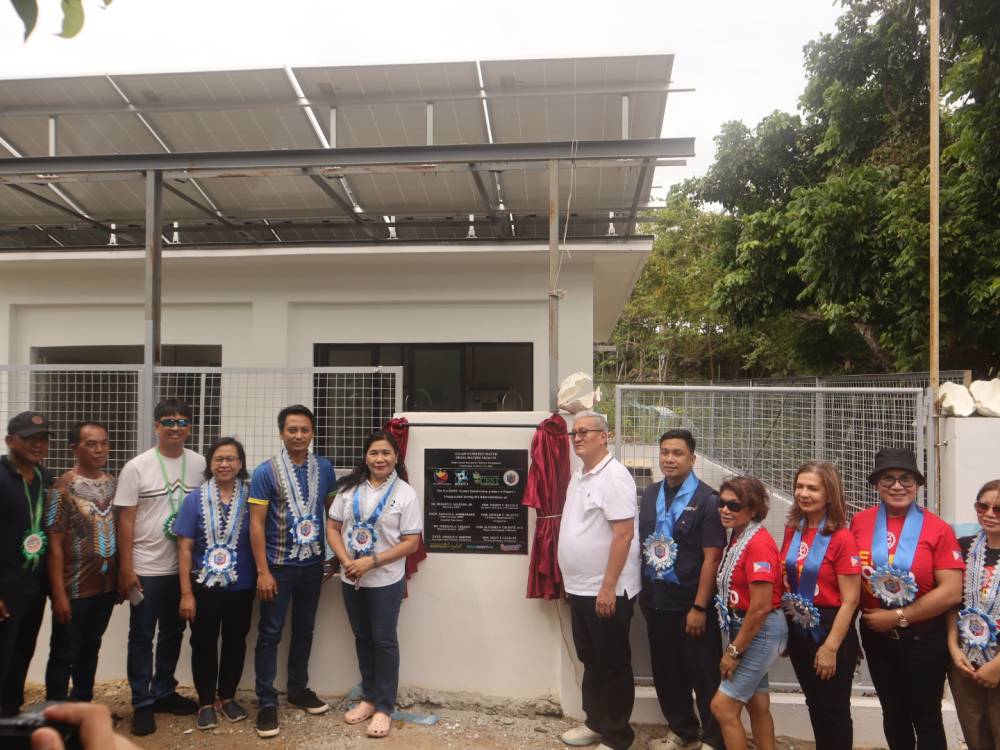
Conserving rainwater
Initially, water will be provided for free, but the local government plans to impose a small fee to cover maintenance costs.
The new water source is a welcome relief for residents like Haydee Revilla, a 42-year-old mother of three and who serves as sitio leader.
Before the establishment of the facility, they collected rainwater whenever possible and conserved every drop. Some residents had dug open wells, but the water was too salty for drinking, suitable only for watering plants and other household tasks.
“With water now available on the island, we no longer have to spend time and money fetching it from distant places. The savings can go to other household essentials and to our children’s school needs,” Revilla said.
Improvements
Beyond the water project, Silaki Island has been seeing other improvements.
In 2022, a school building was constructed, allowing children from kindergarten to Grade 6 to attend school on the island. Previously, students had to cross the sea to attend school on Santiago Island, a journey that was particularly dangerous during the rainy season. Another school building was donated by the Rotary Club of Bolinao the following year.
“Our children no longer have to risk their lives and limbs to go to school especially during rainy season,” Rivera said.
Celeste said the local government had been planning to develop the island, “but there are difficulties because of the distance. Slowly, we are able to put developments there.”
In 2016, TeaM Energy, the operator of the 1,200-megawatt coal-fired power plant in Sual town, provided island residents with solar home systems, including solar panels and LED lights. Two years later, the company further supported the community by installing a 6.4-kilowatt solar battery charging station, enabling residents to power small appliances in their homes.
Silaki Island is also known for being the site of a giant clam farm, established in the 1990s by the University of the Philippines Marine Science Institute (UPMSI).
Covering 16 ha of sea space, the farm serves as a nursery for giant clams, locally known as “taklobo,” helping to restore the population of these once-endangered bivalves.
The farm has since become a tourist attraction, drawing visitors fascinated by the clams, whose shells can span up to a meter wide.
Tourist destination
Looking to the future, Celeste envisions Silaki Island becoming a key tourist destination, with its pristine beaches, fresh marine products and friendly residents.
The local government, in partnership with UPMSI, is planning a community-based tourism project, “The Legacy of the Sea: A Silaki Island Community-Based Tourism Project,” which won P15 million in funding as part of the Tourism Champion Challenge of the Department of Tourism. A P12-million counterpart fund has been set aside by the Bolinao government.
Before tourism fully takes off, however, residents are already reaping the benefits of essential social services finally reaching their remote island.













